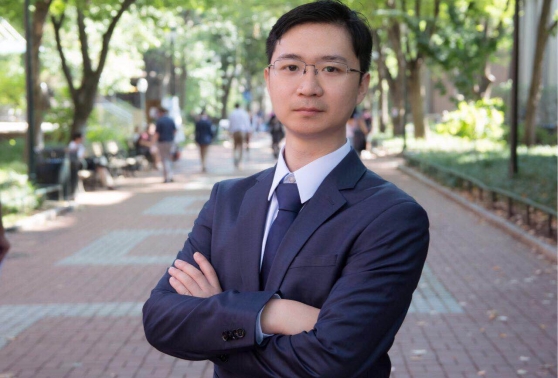Pengfei Han

Intellectual Property Rights and the Theory of the Innovating Firm
Stronger intellectual property rights (IPRs) induce specialization and contribute to economic growth. In the United States, a sweeping pro-patent legal reform in 1982 fostered specialization and enhanced firm performance. Around the world, countries experience faster economic growth when their innovating sectors are characterized by a higher level of specialization. An endogenous growth model with endogenous firm boundaries is developed to disentangle the relationship between legal institutions, business scope of the firms, and economic growth. Firm boundaries are identified by the number of intermediate inputs produced in-house. The production technology of every intermediate input is embodied in a patent. To perform R&D, a firm needs both the intermediate inputs based on its own patents and the inputs associated with others' patents. Each firm has two options to access to the inputs based on others' patents: it can buy their products or infringe on their patents by imitating their products. An infringer has to pay a legal settlement if it is sued and loses the lawsuit. To fend off infringement, a firm can expand its business scope and produce more intermediate inputs in-house. With stronger IPRs, the infringing problem becomes less severe, and the firm has weaker incentives to expand its business scope. Hence, stronger IPRs can induce specialization by deterring infringement. The model is matched with stylized facts of firm boundaries and patent litigation. Through the lens of the model, the optimal strength of IPRs is characterized and compared with the actual patent law enforcement. The pro-patent legal reform in 1982 was welfare-enhancing, but it was too extreme.
Financing Ventures (with Jeremy Greenwood and Juan M. Sanchez)
The importance of venture capital in the U.S. economy has skyrocketed over the last 50 years. To address the importance of venture capital in the U.S. economy, an endogenous growth model is developed. At the heart of the growth model is a dynamic contract between an entrepreneur and a venture capitalist. The venture capitalist invests in the entrepreneur's startup as an active participant. He evaluates the worthiness of the project stage by stage and provides funding for the next stage if the project is assessed to be viable. The success of a project depends on the amount of funding. The contract is designed so that it is not in the entrepreneur's interest to divert funds away from their intended purpose. The venture capitalist can imperfectly monitor at a cost the entrepreneur's use of funds and this helps to ensure incentive compatibility. The contract specifies by funding round the amount of investment that the venture capitalist will do, the evaluation strategy to gauge the project's worthiness, the level of monitoring to avoid malfeasance, and the shares of each party's equity in a potential IPO. The predicted features of the contract are compared with some stylized facts about venture capital: (i) the average cash-on-cash multiple, (ii) the success and failure rates by funding round, (iii) investment by funding round, (iv) the value of an IPO by the duration of the project, and (v) the venture capitalist's share of equity by funding round. The key participants in a venture capital partnership receive the majority of their compensation in the form of stock options and convertible equity. As such, they are subject primarily to capital gains taxation. The analysis indicates raising capital gains taxation reduces growth and welfare.
Economics of the Family, TA for Prof. Jeremy Greenwood (Fall 2017)
Money, Credit and Banking, TA for Prof. Harold Cole (Fall 2017)
Numerical Methods for Macroeconomists, TA for Prof. Jeremy Greenwood (Spring 2017)
Economics of the Family, TA for Prof. Jeremy Greenwood (Fall 2016)
Microeconometrics, TA for Prof. Timothy Christensen (Fall 2016)
Numerical Methods for Macroeconomists, TA for Prof. Jeremy Greenwood (Spring 2016)
International Trade, TA for Prof. Iourii Manovskii (Fall 2015)
Macroeconomic Theory, TA for Prof. Guido Menzio (Spring 2015)
Macroeconomic Theory, TA for Prof. Guillermo Ordonez (Fall 2014)
Macroeconomics, Economic Growth, Innovation, Entrepreneurship
University of Pennsylvania
McNeil Building - Room 537
3718 Locust Walk
Philadelphia, PA 19104
Jeremy Greenwood
Jeremy Greenwood (advisor)
Department of Economics
University of Pennsylvania
recommendations@jeremygreenwood.net
(215) 898-1505
Joao F. Gomes
Wharton School
University of Pennsylvania
gomesj@wharton.upenn.edu
(215) 898-3666
Harold L. Cole
Department of Economics
University of Pennsylvania
colehl@sas.upenn.edu
(215) 898-7788